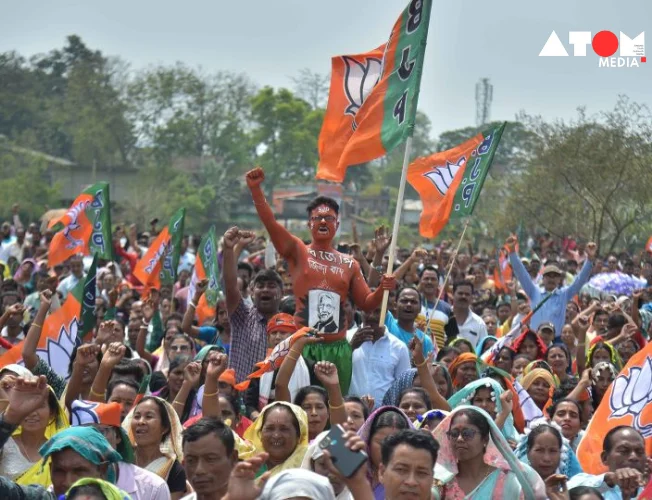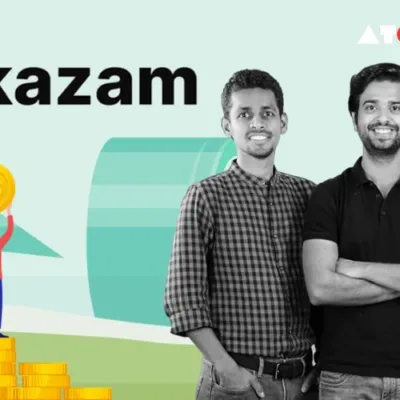An Overview of India’s Monumental Electoral Process
As India gears up for the grand spectacle of democracy, the world’s largest election is set to unfold next week, shaping the nation’s future trajectory. With nearly 1 billion eligible voters, the stakes are high as Prime Minister Narendra Modi seeks a rare third consecutive term, while his Bharatiya Janata Party (BJP) aims to extend its decade-long rule.
The Magnitude of India’s Democratic Exercise
India’s national elections represent a colossal exercise in democracy and logistical prowess, spanning over a month to accommodate its vast electorate. With approximately 968 million eligible voters, the scale of India’s election surpasses that of the United States, the European Union, and Russia combined. The electoral process unfolds over seven phases, commencing on April 19 and concluding on June 1, with results slated for release on June 4.
Electoral Mechanics: How India Votes
Utilizing a multi-party, first-past-the-post system, India’s voters will elect representatives to fill 543 of 545 seats in the lower house of parliament, known as the Lok Sabha. The remaining two seats are nominated by the country’s president. The party securing a majority forms the government and appoints the prime minister from among its winning candidates.
Key Contenders in the Electoral Arena
Prime Minister Narendra Modi and his BJP retain significant popularity, poised to secure another five-year term. Modi’s leadership has seen India emerge as the world’s fastest-growing major economy, albeit amidst increasing religious polarization. The primary challenger, the Indian National Congress, forms alliances with regional parties in a bid to thwart another BJP victory. Led by political scion Rahul Gandhi, the opposition faces an uphill battle against Modi’s formidable appeal.
Challenges and Controversies in India’s Political Landscape
Despite the opposition’s efforts, the BJP maintains its dominance, leveraging its influence to quell dissent and weaken Modi’s rivals. Instances of political interference and persecution cast a shadow over the electoral process, raising concerns about democratic integrity. Amidst economic achievements and infrastructural developments, Modi’s tenure also witnesses heightened religious tensions and criticisms of authoritarian tendencies.
Major Issues Shaping the Electoral Discourse
The BJP’s governance heralds a shift towards Hindu nationalism, drawing criticism for marginalizing minorities and stifling dissent. Modi’s emphasis on economic growth contrasts with concerns over job creation and agricultural reforms, especially amidst farmer protests. As India navigates these contentious issues, the electorate grapples with the nation’s secular ethos against the backdrop of a Hindu-centric agenda.
A Glimpse into India’s Electoral Machinery
India’s electoral machinery operates with precision across diverse terrains, from the Himalayan peaks to remote forests, ensuring widespread voter participation. With over 1 million polling stations and 15 million election workers, the logistical feat is unparalleled. Noteworthy is the world’s highest polling station in Tashigang, emblematic of India’s commitment to inclusive democracy.
Symbolism and Representation in India’s Electoral System
The Election Commission allocates symbols to political parties, aiding voter literacy and differentiation amidst a plethora of contenders. From the BJP’s lotus to the Congress’s open-palmed hand, these symbols embody diverse ideologies and grassroots movements, facilitating voter engagement and choice.
As India embarks on this monumental electoral journey, the world watches with anticipation, recognizing the significance of democracy in shaping the nation’s destiny. With each ballot cast, India reaffirms its commitment to democratic principles and the power of collective voice in determining its future course.
Read more: Marketing News, Advertising News, PR and Finance News, Digital News





